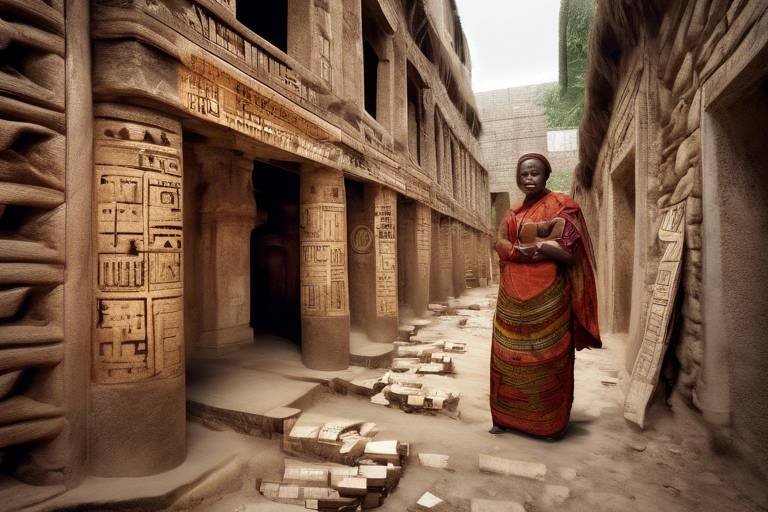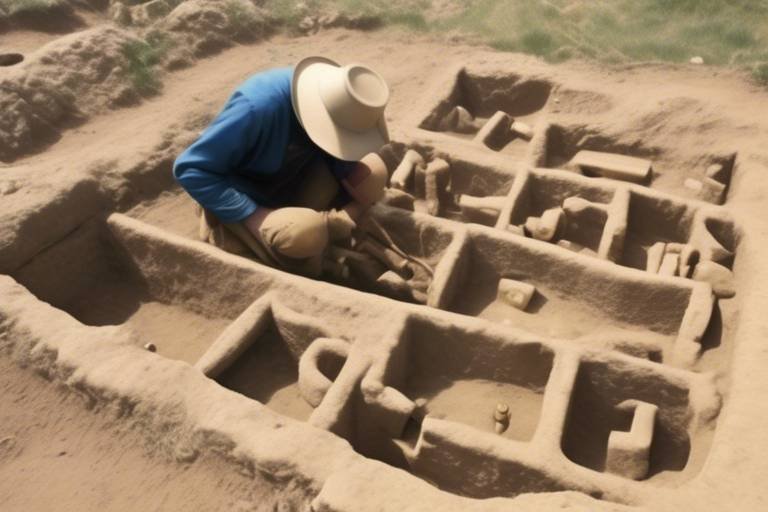The Connection Between History and Modern Architecture
When we look at modern architecture, we can see a fascinating interplay between the past and the present. The roots of contemporary architectural designs are deeply intertwined with historical influences, creating a rich tapestry of styles and inspirations. Ancient architectural elements, such as columns and arches, continue to find their way into modern buildings, blending the essence of history with the innovations of today.
One of the remarkable aspects of modern architecture is the revival of classical styles that have stood the test of time. Movements like neoclassicism and art deco have made a resurgence in the modern era, showcasing their timeless appeal and elegance. These design movements not only pay homage to the past but also bring a sense of sophistication and grandeur to contemporary structures.
The industrial revolution played a pivotal role in shaping modern architecture by ushering in a wave of innovation. New materials, advanced structural techniques, and the advent of modernist architecture transformed the way buildings were conceived and constructed. The impact of this industrial revolution can still be seen in the sleek lines and minimalist aesthetics of many modern architectural marvels.
Modern architecture serves as a reflection of the societal changes and trends that define our era. From the rise of urbanization to the growing emphasis on sustainability and technological advancements, contemporary buildings are a mirror of our evolving world. Architects today are not just designing structures; they are creating spaces that respond to the needs and aspirations of a rapidly changing society.
Preserving historical buildings in a contemporary context is a delicate balancing act that architects and conservationists face. While it is crucial to safeguard our cultural heritage and architectural landmarks, it is equally important to adapt these spaces to meet the demands of modern urban living. Finding the right harmony between preservation and functionality is essential in maintaining a connection to our past while embracing the future.
The architectural movements of the 20th century have left an indelible mark on contemporary design principles. From the Bauhaus emphasis on functionality and simplicity to the raw, expressive forms of Brutalism, each movement has contributed to the diverse landscape of modern architecture. Postmodernism, with its playful blending of styles and references, continues to inspire architects to push boundaries and challenge conventions.
Cultural identity plays a significant role in shaping modern architectural expression. Architects draw inspiration from local traditions, heritage, and the unique character of a place to create buildings that resonate with a sense of belonging. By honoring cultural roots and weaving them into the fabric of contemporary design, architects forge a connection between the past and the present, enriching the built environment with meaning and authenticity.
The growing emphasis on sustainability and green design practices is a defining feature of modern architecture. Architects are increasingly incorporating eco-friendly principles into their projects, from energy-efficient designs to the use of sustainable materials. By prioritizing environmental considerations and promoting a more sustainable future, modern architecture is not just about aesthetics but also about responsibility and stewardship of our planet.
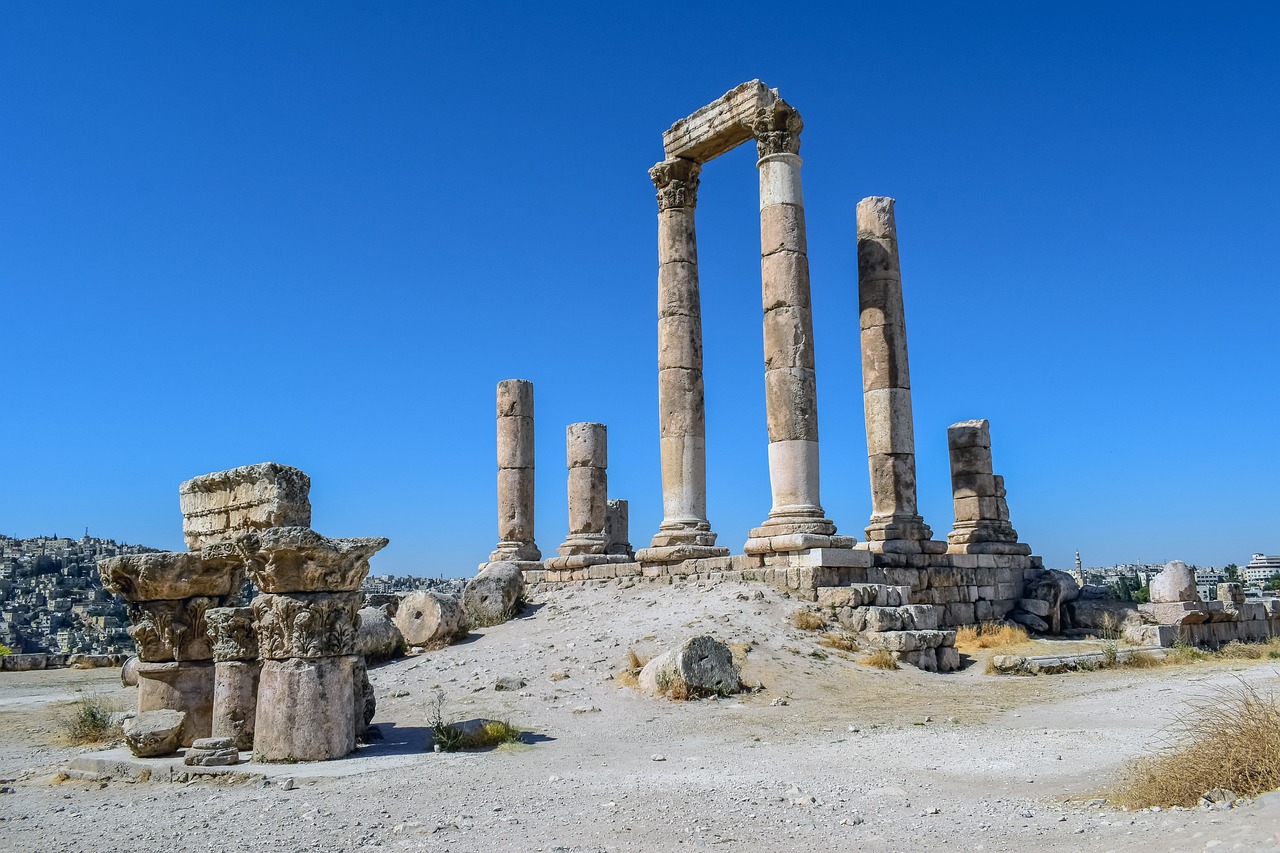
Influences of Ancient Architecture on Modern Designs
When exploring the influences of ancient architecture on modern designs, it becomes evident that the legacy of past civilizations continues to shape contemporary architectural practices. Ancient architectural elements such as columns, arches, and domes have stood the test of time and are seamlessly integrated into modern buildings, creating a harmonious blend of historical and contemporary aesthetics.
Architects often draw inspiration from ancient structures like the Parthenon in Greece or the Colosseum in Rome, incorporating their timeless design principles into modern projects. The use of classical proportions, ornamental details, and symmetrical layouts pays homage to the architectural achievements of antiquity while infusing a sense of grandeur and sophistication into present-day constructions.
Moreover, the durability and longevity of ancient building techniques have influenced modern architects to prioritize structural integrity and material quality in their designs. By embracing the principles of ancient architecture, contemporary buildings not only exude a sense of timelessness but also demonstrate a deep respect for architectural heritage.
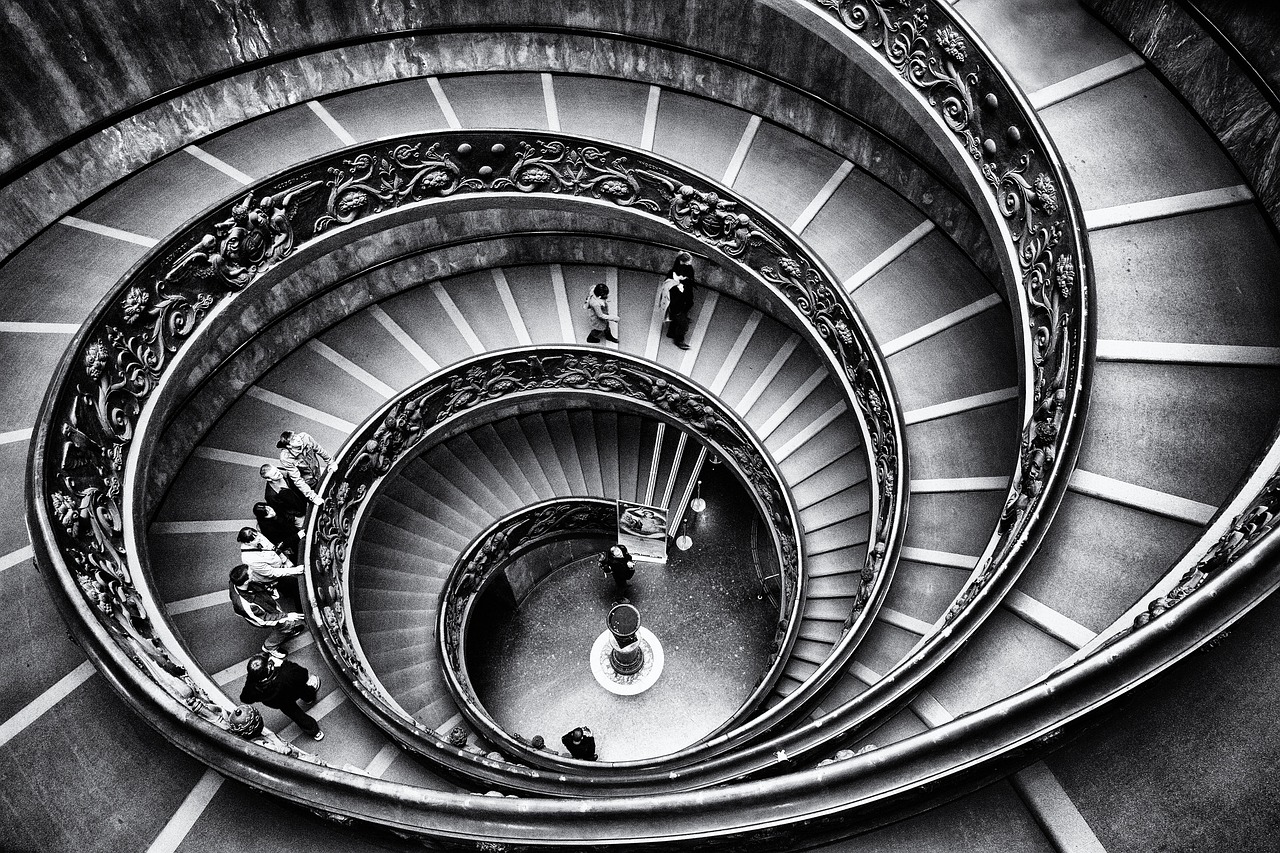
Revival of Classical Architectural Styles in Modern Era
The revival of classical architectural styles in the modern era represents a fascinating blend of tradition and innovation. Architects and designers today are increasingly drawing inspiration from historical movements such as neoclassicism and art deco, infusing contemporary buildings with a sense of timeless elegance and sophistication.
One notable aspect of this revival is the reinterpretation of classical elements in a modern context. For example, grand columns and ornate facades reminiscent of ancient Greek and Roman architecture are now being incorporated into skyscrapers and commercial buildings, creating a juxtaposition of old and new that captivates the viewer.
Moreover, the resurgence of classical styles reflects a desire for authenticity and cultural continuity in a rapidly changing world. By paying homage to the architectural achievements of the past, designers are able to establish a sense of connection with history and heritage, enriching the built environment with layers of meaning and significance.
Additionally, the revival of classical architectural styles offers a counterbalance to the sleek minimalism and industrial aesthetics that have dominated modern architecture in recent decades. The intricate detailing, symmetry, and proportionality characteristic of neoclassical and art deco designs provide a refreshing alternative that appeals to those seeking a more refined and sophisticated architectural language.
Overall, the revival of classical architectural styles in the modern era underscores the enduring appeal of timeless design principles and the importance of honoring the architectural legacy of the past while embracing the possibilities of the future.

Impact of Industrial Revolution on Architectural Innovation
The Industrial Revolution had a profound impact on architectural innovation, revolutionizing the way buildings were designed and constructed. During this period of rapid industrialization, traditional construction methods gave way to new technologies and materials, paving the way for the birth of modernist architecture.
One of the key aspects of the Industrial Revolution's influence on architecture was the introduction of iron and steel as structural materials. These materials allowed architects to create buildings with unprecedented height and scale, leading to the development of skyscrapers and other iconic structures that defined the urban landscape.
The use of mass production techniques also played a significant role in architectural innovation during this time. Prefabricated components and standardized building elements made construction more efficient and cost-effective, enabling architects to experiment with new forms and designs.
The Industrial Revolution not only transformed the technical aspects of architecture but also influenced the aesthetic principles of the time. The emphasis on functionality, efficiency, and rationality in design became central tenets of modernist architecture, breaking away from the ornate styles of the past.
Furthermore, the Industrial Revolution sparked a shift towards urbanization, as industrial centers grew and cities expanded rapidly. Architects had to respond to the changing urban landscape by designing buildings that could accommodate the needs of a burgeoning population while also reflecting the industrial progress of the era.
In conclusion, the Industrial Revolution was a catalyst for architectural innovation, shaping the built environment in profound ways and laying the foundation for the modern architectural practices we see today.
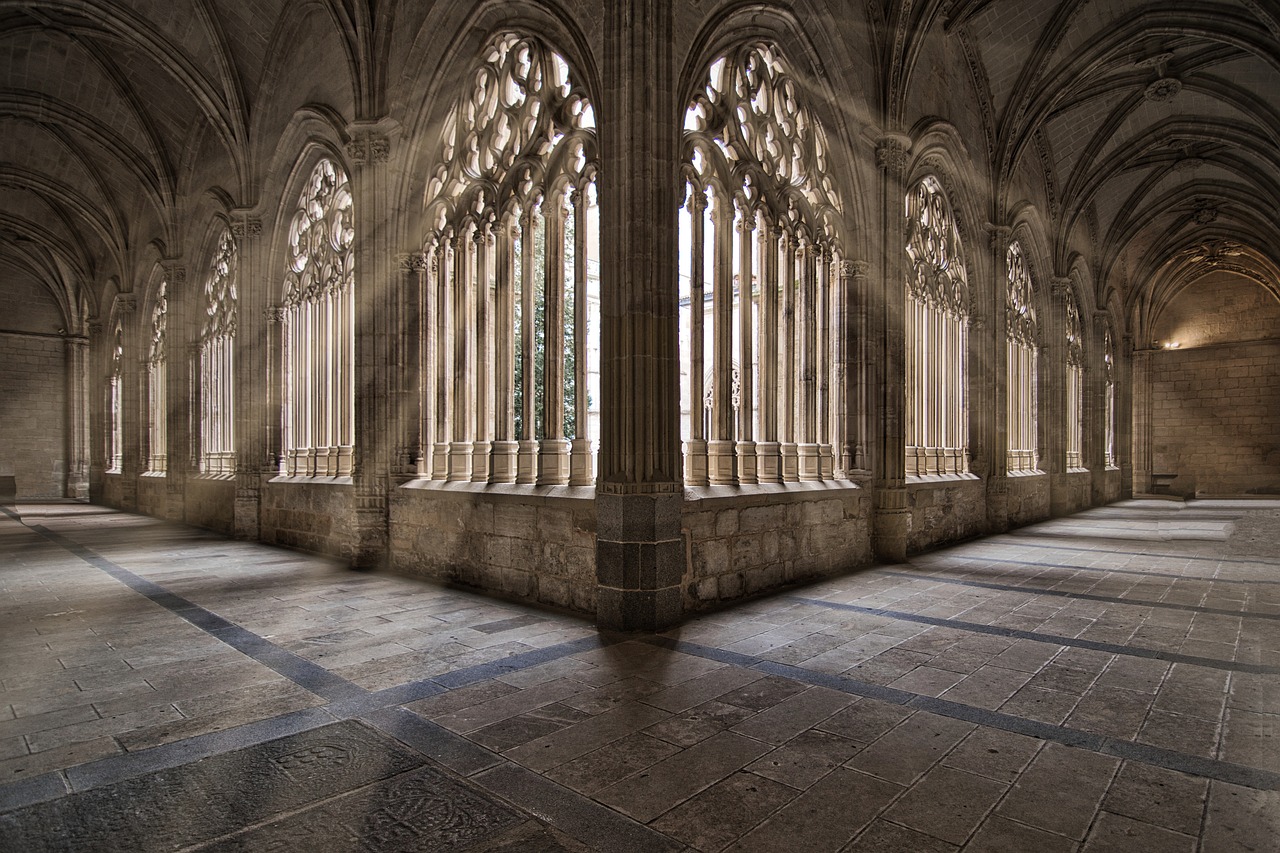
Modern Architecture as a Reflection of Societal Changes
Modern architecture serves as a mirror reflecting the dynamic changes and advancements in society. It encapsulates the essence of urbanization, sustainability, and technological progress, embodying the evolving needs and values of communities worldwide. The shift towards compact, efficient designs in response to urban population growth is evident in the rise of skyscrapers and mixed-use developments that optimize space utilization without compromising functionality or aesthetics.
Furthermore, the increasing focus on sustainability has led architects to integrate green design principles into their projects, incorporating renewable energy sources, efficient water management systems, and eco-friendly materials to reduce environmental impact. This commitment to sustainability not only addresses pressing ecological concerns but also promotes a healthier, more resilient built environment for future generations.
Technological advancements have revolutionized the way buildings are designed and constructed, enabling architects to push the boundaries of creativity and innovation. From parametric design tools that facilitate complex geometries to Building Information Modeling (BIM) software that streamlines project coordination, technology has become an indispensable tool in shaping modern architectural solutions.
Moreover, modern architecture reflects society's evolving values and cultural diversity, embracing inclusivity and accessibility in design practices. Architects draw inspiration from diverse cultural traditions and historical contexts to create buildings that resonate with local communities, fostering a sense of identity and belonging.
In essence, modern architecture is not just about creating visually striking structures; it is a manifestation of societal progress, a testament to our collective aspirations and aspirations for a better, more sustainable future.
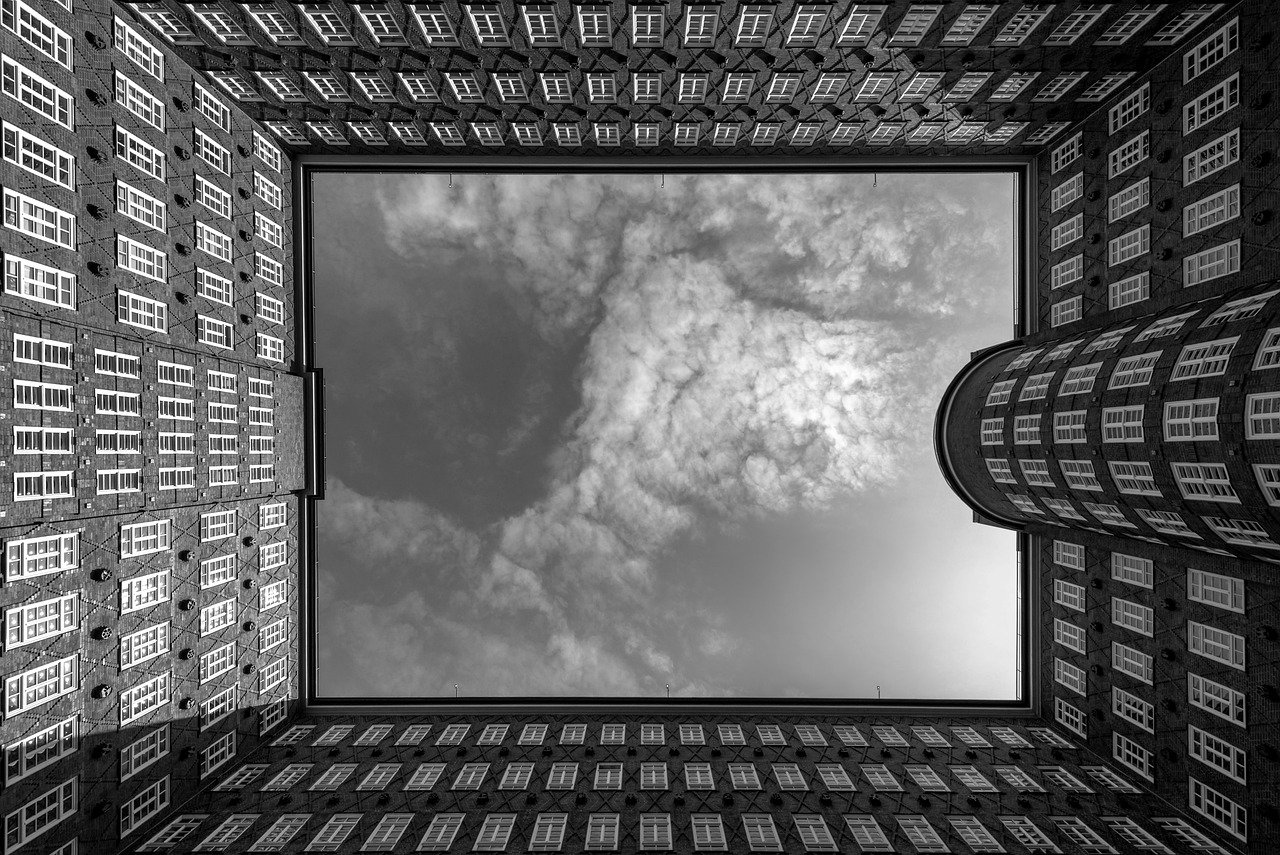
Preservation of Historical Buildings in Contemporary Context
Preserving historical buildings in a contemporary context is a delicate balancing act that requires careful consideration of both the past and the present. These architectural treasures hold the stories of bygone eras, reflecting the cultural heritage and identity of a society. In modern urban environments, where skyscrapers and glass facades dominate the skyline, the presence of historical buildings serves as a reminder of our roots and history.
Architects and preservationists face the challenge of maintaining the integrity of these structures while ensuring they remain relevant and functional in today's world. Renovations and adaptive reuse projects breathe new life into old buildings, transforming them into vibrant spaces that meet the needs of modern occupants without compromising their historical significance.
By integrating historical buildings into contemporary contexts, we create a dialogue between the past and the present, allowing for a seamless blend of architectural styles and narratives. These buildings become living testimonies to the evolution of architecture and serve as anchors in a rapidly changing urban landscape.
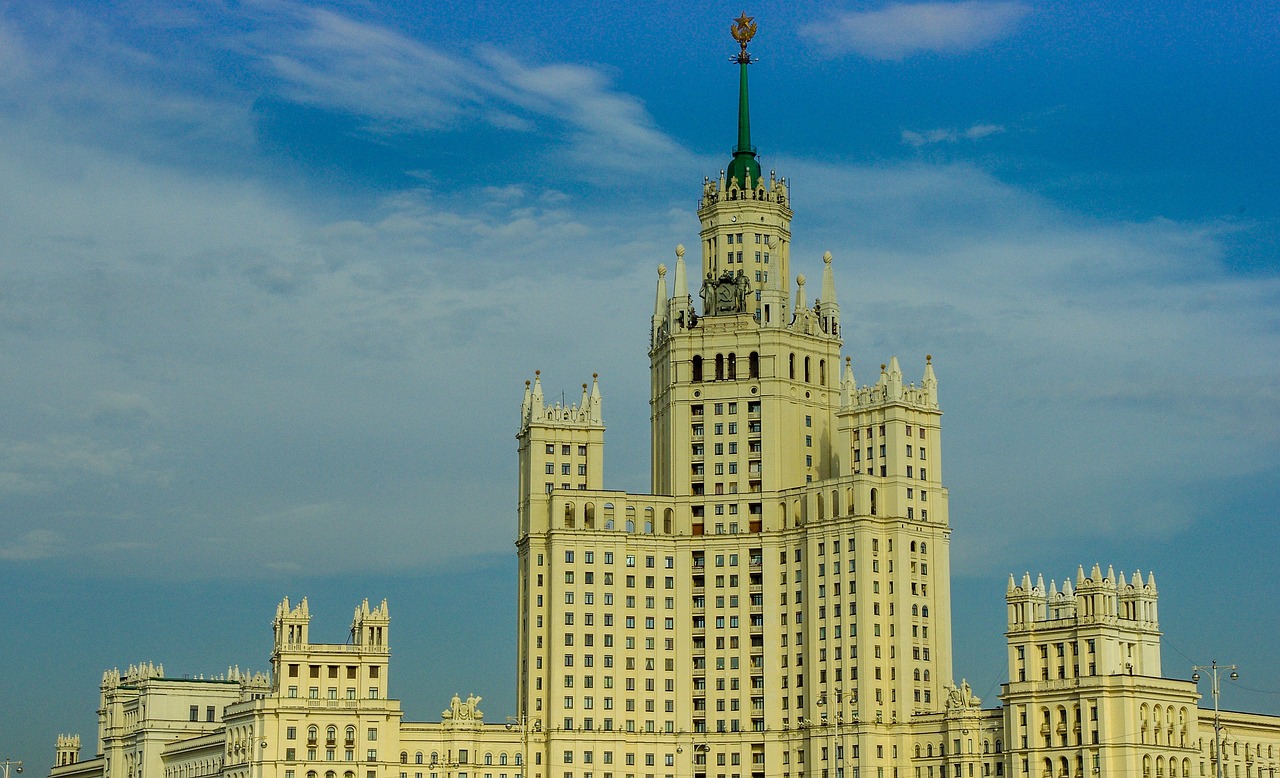
Architectural Movements of the 20th Century
Architectural movements of the 20th century have significantly shaped the landscape of modern architecture, influencing design principles and pushing boundaries of creativity. One notable movement is the Bauhaus, founded in Germany in 1919, which revolutionized design education by merging crafts and fine arts. The Bauhaus principles of simplicity, functionality, and minimalism continue to inspire architects worldwide, emphasizing the importance of form following function.
Another influential movement is Brutalism, characterized by its raw, exposed concrete structures that convey a sense of strength and honesty in design. Emerging in the mid-20th century, Brutalism sought to create monumental buildings that reflected the societal values of the time, often prioritizing functionality over aesthetics. Despite facing criticism for its stark appearance, Brutalism has left a lasting impact on architectural discourse.
Postmodernism, on the other hand, emerged as a reaction against the perceived limitations of modernist architecture, embracing eclectic styles, historical references, and playful elements in design. Postmodern architects challenged the notion of a singular architectural language, celebrating diversity and individual expression in their creations. This movement blurred the boundaries between high and low culture, ushering in a new era of architectural experimentation.
Each of these movements brought forth unique perspectives and design philosophies that continue to influence contemporary architectural practices. By studying the principles and innovations of these 20th-century movements, architects today can draw inspiration, learn from past mistakes, and continue to push the boundaries of architectural expression.
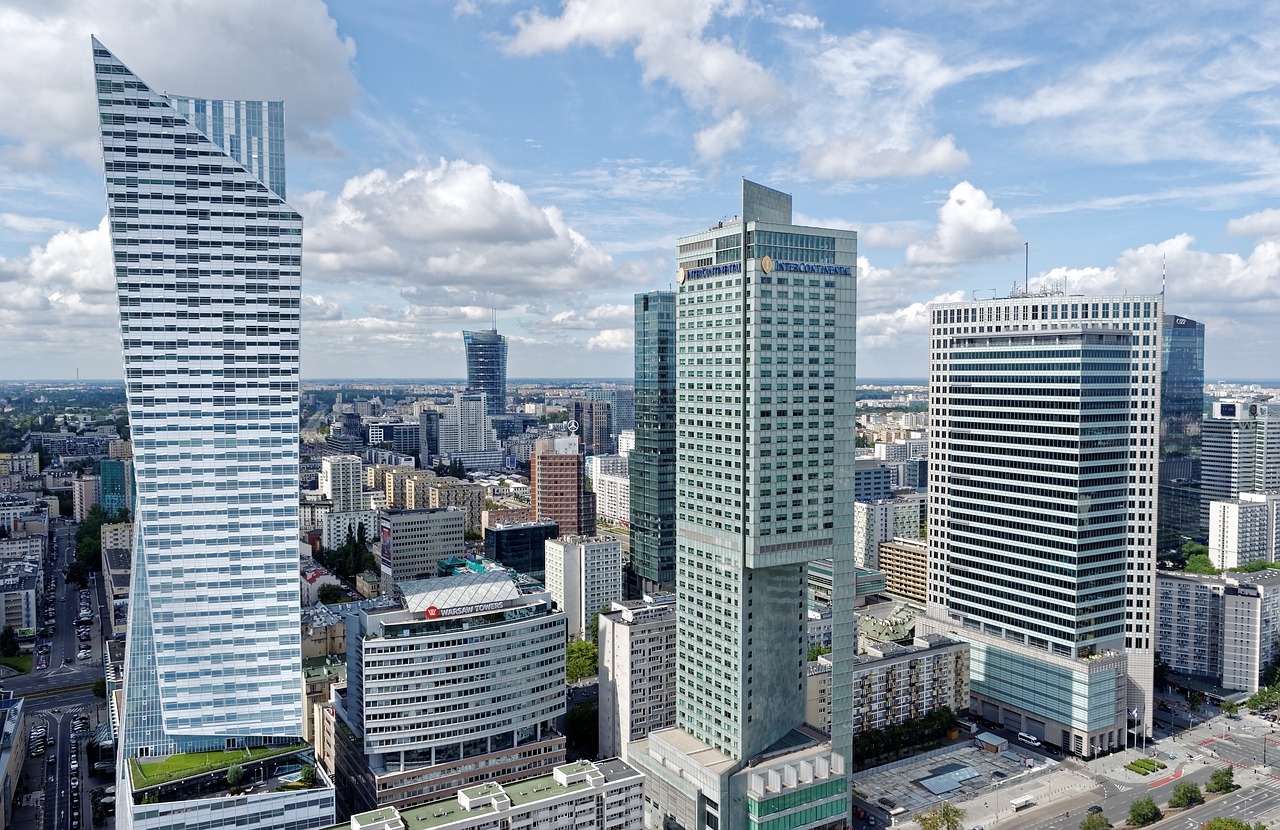
Role of Cultural Identity in Modern Architectural Expression
Modern architecture is not just about creating functional buildings; it is also a reflection of cultural identity and heritage. Architects today draw inspiration from local traditions and cultural heritage to infuse a sense of place and identity into their designs. By incorporating elements that resonate with the history and traditions of a particular region, architects can create buildings that foster a connection between the past and the present.
When considering the role of cultural identity in modern architectural expression, it is essential to understand that buildings are not just physical structures but also symbols of a community's values and beliefs. By honoring cultural identity in architectural design, architects can create spaces that resonate with the people who inhabit them, evoking a sense of pride and belonging.
Architectural projects that embrace cultural identity often feature elements such as traditional materials, architectural styles, and motifs that pay homage to the region's history. These design choices not only celebrate the past but also contribute to the uniqueness and authenticity of the built environment, creating a sense of continuity with the cultural heritage of the area.
Furthermore, incorporating cultural identity into modern architecture goes beyond aesthetics; it also plays a crucial role in sustainable development and community engagement. By involving local communities in the design process and valuing their cultural heritage, architects can create buildings that serve the needs of the present while preserving the essence of the past.
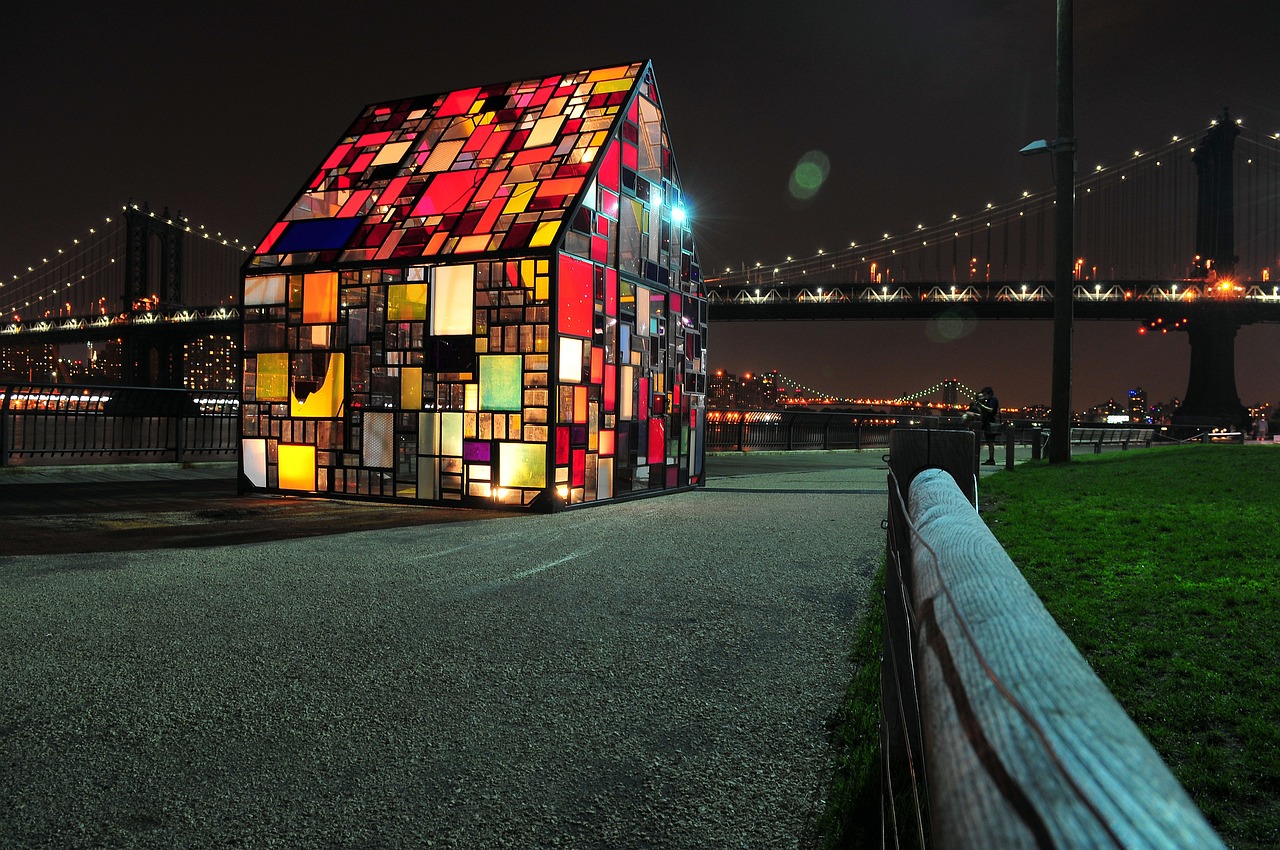
Sustainability and Green Design in Modern Architecture
In the realm of modern architecture, sustainability and green design have emerged as pivotal considerations in response to environmental challenges and the need for eco-conscious practices. Architects are increasingly incorporating sustainable principles into their designs to reduce the environmental impact of buildings and promote a more ecologically responsible approach to construction. This shift towards sustainable architecture encompasses various aspects, including energy efficiency, use of renewable materials, and integration of green spaces within urban structures.
One of the key strategies employed in sustainable architecture is the utilization of renewable energy sources such as solar panels and wind turbines to power buildings, reducing reliance on non-renewable resources and lowering carbon emissions. Additionally, architects are focusing on designing structures that maximize natural light and ventilation, minimizing the need for artificial lighting and air conditioning, thus decreasing energy consumption and promoting a healthier indoor environment.
Moreover, green design practices extend to the selection of materials used in construction, with a growing emphasis on eco-friendly options like recycled steel, reclaimed wood, and locally sourced materials to minimize the carbon footprint of building projects. By prioritizing sustainable materials, architects aim to reduce waste, conserve resources, and support the circular economy model that promotes reuse and recycling.
Incorporating green spaces and biophilic design elements into modern architectural projects is another hallmark of sustainable design, fostering connections between occupants and nature within urban settings. Rooftop gardens, vertical green walls, and communal outdoor spaces not only enhance the aesthetic appeal of buildings but also contribute to biodiversity, improve air quality, and promote well-being among residents and users of the space.
The integration of sustainable practices in modern architecture reflects a broader commitment to environmental stewardship and the creation of built environments that harmonize with the natural world. By prioritizing sustainability and green design principles, architects play a vital role in shaping a more resilient and environmentally conscious future, where buildings serve as catalysts for positive change and sustainable living.
Frequently Asked Questions
- What is the significance of historical architectural styles in modern architecture?
The connection between history and modern architecture is vital as it allows for the incorporation of timeless design elements into contemporary structures, creating a harmonious blend of the past and the present.
- How do ancient architectural elements influence modern designs?
Ancient architectural elements like columns and arches serve as inspiration for modern architects, enabling them to infuse historical charm and character into their innovative creations.
- Why is the preservation of historical buildings important in today's context?
Preserving historical buildings in modern urban environments helps maintain cultural heritage, providing a link to the past while enriching the architectural diversity of contemporary cityscapes.
- What role does sustainability play in modern architectural practices?
Sustainability is a key consideration in modern architecture, driving the adoption of eco-friendly design principles to address environmental concerns and promote a more sustainable future for generations to come.
- How do architects incorporate cultural identity into modern architectural expression?
Architects draw inspiration from cultural heritage and local traditions to create buildings that reflect a sense of place and identity, fostering a deeper connection between the community and its built environment.





